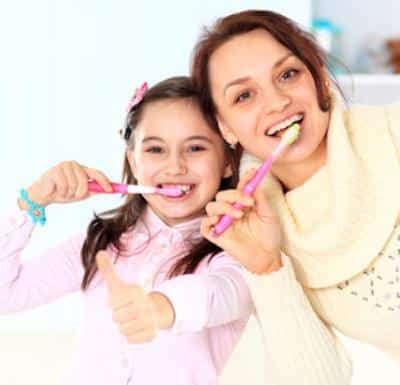Is Your Toothbrush Getting You Sick?
July 1, 2015

- Scrub your hands with soap and warm water before and after brushing.
- Protect from splash-back. If you store your toothbrush on the bathroom sink, as most of us do, don’t forget that washing your hands contaminates the brush.
- Keep the toilet lid down.When you flush, toilet spray particulate remains airborne and can settle on your brush.
- Replace your brush regularly. The American Dentist Association suggests you get a new brush every three to four months. Buy a new brush after any illness to prevent contamination.
- Use the right toothpaste. Toothpastes with triclosan/copolymer are better at killing germs than regular fluoride toothpastes.
- Don’t share toothbrushes. Also, make sure they don’t touch if stored together.
- Rinse your toothbrush in tap water. Germs from your mouth and teeth take hold on the brush itself so rinse at the end.
- Air-dry your toothbrush. Don’t store your toothbrush in an airtight container where it is more likely to grow bacteria. Always brush your teeth with a dry toothbrush.
Contact us today to learn more important information about dental health!
Recent Posts
Contact Us
Skoulas DDS - The SF Cosmetic Dentist
Address
450 Sutter Street, Suite #1616
San Francisco, CA 94108
Phone
Tel: 415-757-0110 | Fax: 415-872-9770
E-Mail
Hours
Monday | 7:30am - 5pm
Tuesday | 7:30am - 5pm
Wednesday | 7:30am - 5pm
Thursday | 7:30am - 5pm
Friday | 7:30am - 2pm
Saturday | Closed
Sunday | Closed
